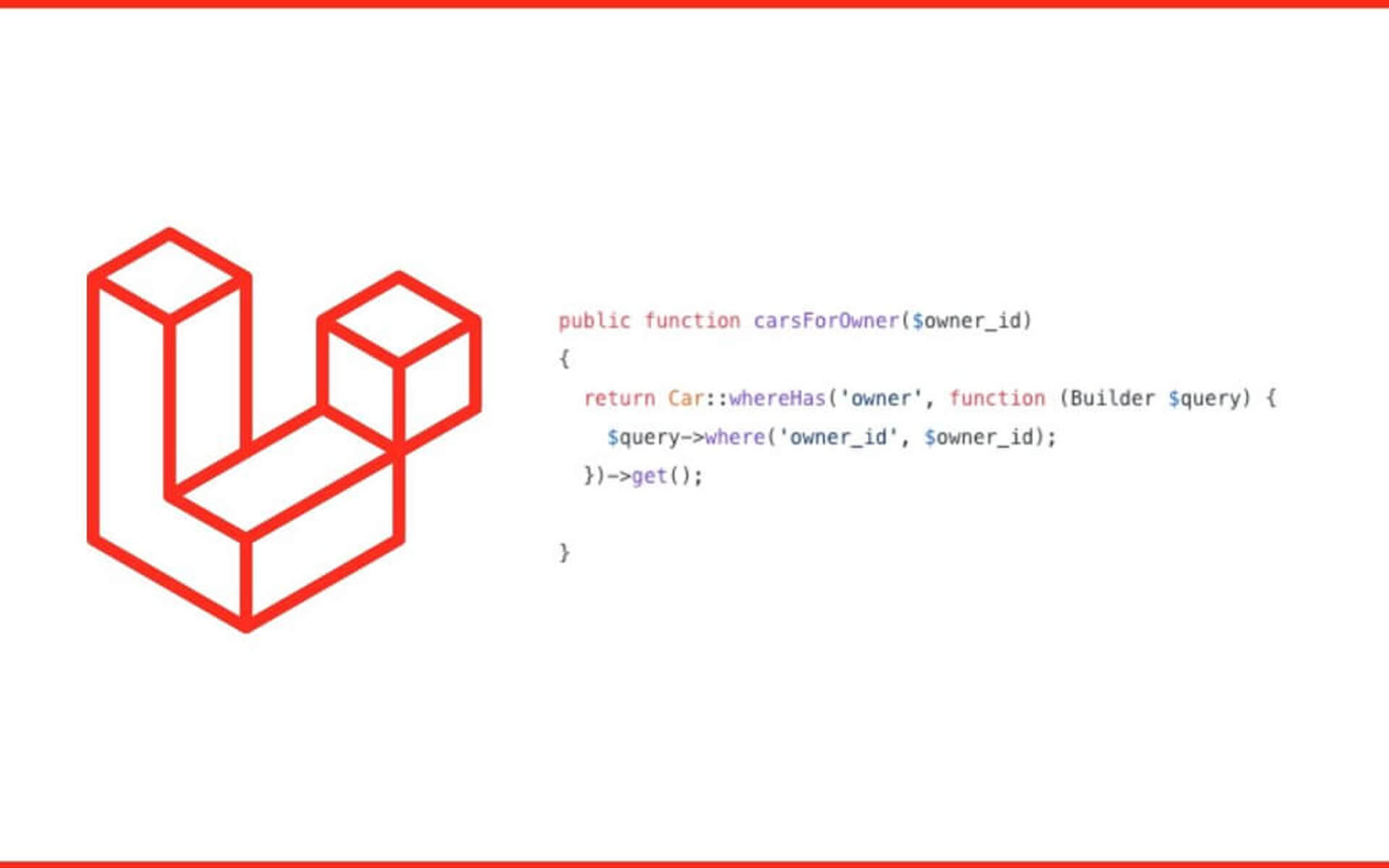

- #Reverse query result eloquent laravel how to
- #Reverse query result eloquent laravel install
- #Reverse query result eloquent laravel free
Learn more about the DevDojo sponsorship program and see your logo here to get your brand in front of thousands of developers.
#Reverse query result eloquent laravel how to
View Website Learn how to code your own blockchain and create your own crypto-currency with the CoinCamp interactive and fun online training platform. Ordering the results on a query levelīefore we cover how to sort the results on a collection level, let's first briefly cover how we would sort the results on a query level. We will use a model called Post as an example in this tutorial. Or you could use this awesome script to do the installation:
#Reverse query result eloquent laravel install
#Reverse query result eloquent laravel free
If you wish, you can use my affiliate code to get free $100 DigitalOcean credit to spin up your own servers! I will be using a DigitalOcean Ubuntu Droplet for this demo. In this tutorial, you will learn how to order the results of all() in Laravel Eloquent! Prerequisitesīefore you start, you would need to have a Laravel application up and running. More often than not, when getting some results from your database, you would want to order them based on specific criteria.

Laravel provides a lot of handy methods that you could use to work with your Eloquent collections. This simplifies all CRUD (Create, read, update, and delete) operations and any other database queries. Now, let's imagine we want to retrieve ActivityFeed instances and eager load the parentable parent models for each ActivityFeed instance.The Eloquent ORM included with Laravel provides you with an easy way of interacting with your database. Additionally, let's assume that Photo models "have many" Tag models and Post models "have many" Comment models. We will assume the ActivityFeed model defines a "morph to" relationship named parentable that allows us to retrieve the parent Photo or Post model for a given ActivityFeed instance. In this example, let's assume that Photo and Post models may create ActivityFeed models. If you would like to eager load a "morph to" relationship, as well as related model counts for the various entities that may be returned by that relationship, you may utilize the with method in combination with the morphTo relationship's morphWithCount method. We can summarize the relationship's table structure like so:Ĭounting Related Models On Morph To Relationships In order to provide support for roles being assigned to multiple users, the role_user table is needed. This would mean that a role could only belong to a single user. Remember, since a role can belong to many users, we cannot simply place a user_id column on the roles table. This table is used as an intermediate table linking the users and roles. The role_user table is derived from the alphabetical order of the related model names and contains user_id and role_id columns. To define this relationship, three database tables are needed: users, roles, and role_user.

So, a user has many roles and a role has many users. For example, a user may be assigned the role of "Author" and "Editor" however, those roles may also be assigned to other users as well. An example of a many-to-many relationship is a user that has many roles and those roles are also shared by other users in the application. Many-to-many relations are slightly more complicated than hasOne and hasMany relationships.

Return $this -> throughEnvironments () -> hasDeployments () Eloquent makes managing and working with these relationships easy, and supports a variety of common relationships: For example, a blog post may have many comments or an order could be related to the user who placed it.


 0 kommentar(er)
0 kommentar(er)
